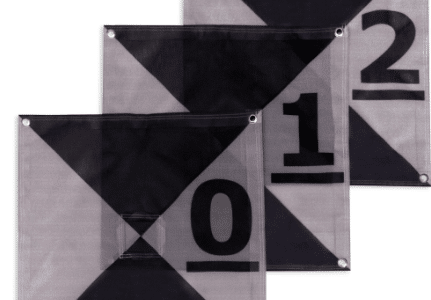
Introduction:
Choosing a career path after completing your 12th-grade education can be a daunting task. If you have a passion for visual storytelling, creativity, and design, becoming a graphic designer might be the perfect avenue for you. In this blog post, we’ll explore how you can kickstart your journey to becoming a graphic designer after completing your 12th and also take a look at some bad graphic design examples that can teach valuable lessons.
Steps to Become a Graphic Designer:
- Understand the Basics: Before diving into the world of graphic design, it’s essential to understand the fundamentals. Familiarize yourself with design principles, color theory, typography, and composition. There are numerous online resources, tutorials, and courses that can help you grasp the basics.
- Pursue Formal Education: While not mandatory, enrolling in a graphic design program or a related field at a college or design school can provide you with structured learning, mentorship, and access to resources. Many institutions offer specialized courses in graphic design that cover both theory and practical skills.
- Master Design Software: Proficiency in design software is crucial for a graphic designer. Adobe Creative Suite, including Photoshop, Illustrator, and InDesign, are industry standards. Invest time in learning these tools, as they form the backbone of graphic design projects.
- Build a Strong Portfolio: Assemble a portfolio showcasing your best work. Include a variety of projects that highlight your skills and versatility. This can include mock design briefs, personal projects, or even freelance work. A well-curated portfolio is your visual resume and can speak volumes to potential employers or clients.
- Stay Updated on Design Trends: The field of graphic design is dynamic, with trends evolving constantly. Stay updated on the latest design trends, tools, and technologies. Follow design blogs, attend workshops, and participate in online design communities to stay connected with the industry.
- Internships and Freelancing: Gain real-world experience through internships or freelancing opportunities. This not only enhances your practical skills but also helps you build a professional network. Many companies value practical experience alongside formal education.
Bad Graphic Design Examples – Learning from Mistakes:
Now, let’s take a moment to explore some bad graphic design examples and extract valuable lessons from them:
- Cluttered Layouts: Examples that overload the viewer with information, making it difficult to navigate or understand. Lesson: Embrace simplicity and ensure clarity in your designs.
- Poor Font Choices: Instances where inappropriate or overly stylized fonts hinder readability. Lesson: Choose fonts wisely, keeping readability in mind, and experiment to find the right balance.
- Mismatched Colors: Designs with clashing color palettes that create visual discomfort. Lesson: Learn color theory and understand how to create harmonious color schemes.
- Lack of Consistency: Designs lacking a cohesive visual language, resulting in a disjointed look. Lesson: Maintain consistency in elements like fonts, colors, and style to create a unified design.
Conclusion:
Embarking on a journey to become a graphic designer after completing your 12th is an exciting prospect. With dedication, continuous learning, and an eye for detail, you can carve a successful path in the dynamic world of graphic design. Remember to learn from both good and bad examples, as they can guide you towards creating visually impactful and meaningful designs.



